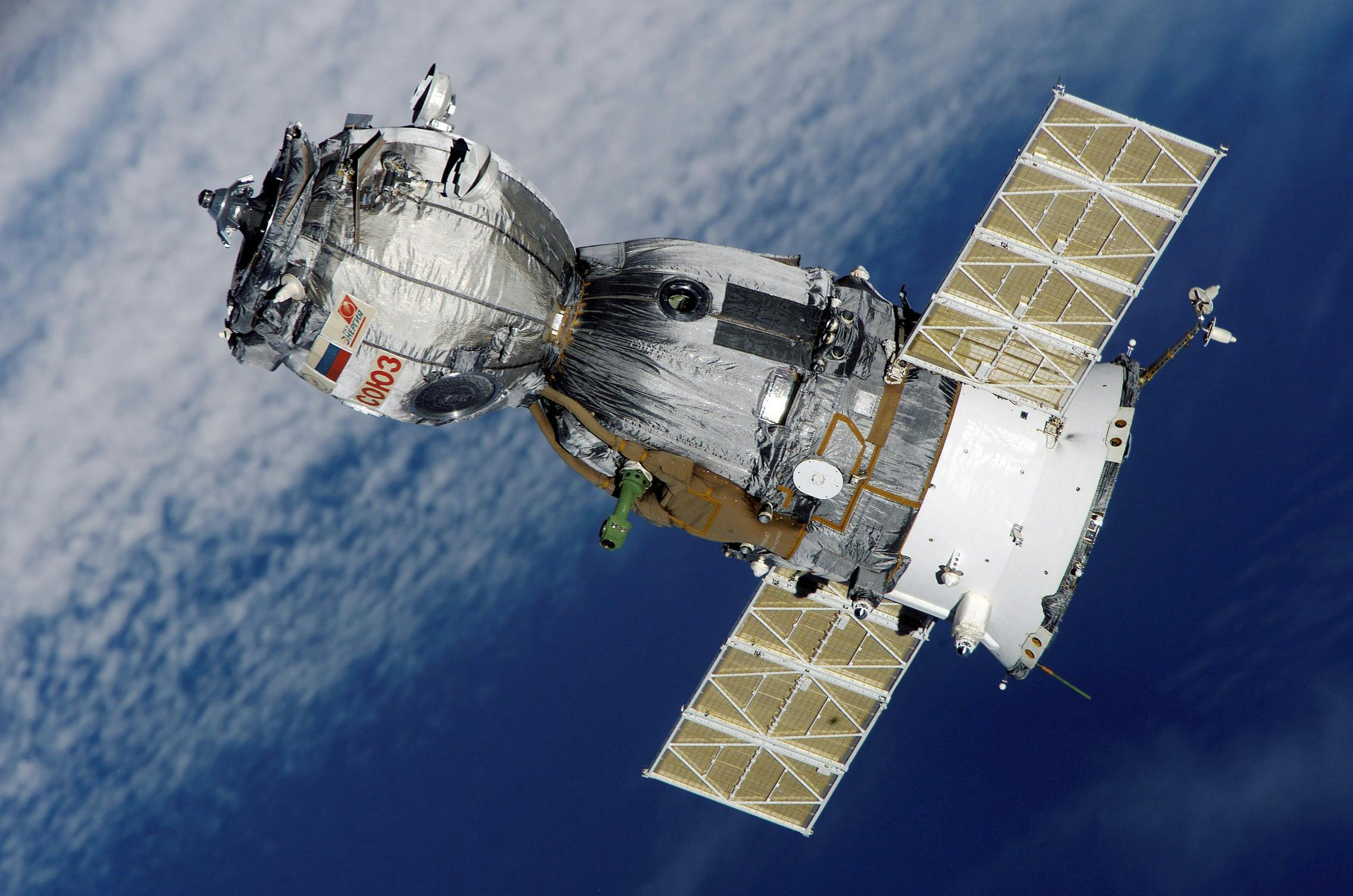Satellite Technology: Illuminating Global Connectivity with Floodlight Global
From enabling real-time disaster response to opening new markets for remote communities, satellite technology is rapidly redefining what it means to be connected. At Floodlight Global, our mission is to harness this technology to provide resilient, high-quality communications and data solutions for organizations operating anywhere on Earth—even where terrestrial infrastructure falls short.
What Exactly Is a Satellite?
A satellite is any object that orbits another body in space. While the Moon is Earth’s natural satellite, the term is commonly used for artificial satellites launched to perform specific tasks, such as communications, navigation, Earth observation, and scientific experimentation. Positioned hundreds to tens of thousands of kilometers above the planet, these devices act as relay stations, bridging vast distances with minimal latency and unmatched coverage.
How Satellites Work
Most communications satellites follow a straightforward three-step process:
- Uplink: A ground station transmits a signal up to the satellite.
- Transponding: The satellite receives, amplifies, and converts the signal to a different frequency to prevent interference.
- Downlink: The satellite beams the signal back to another ground station—or directly to end-user terminals—anywhere within its footprint.
Key Satellite Orbits
- LEO (Low Earth Orbit, 160–2,000 km): Offers low latency and strong signal strength, ideal for broadband Internet constellations.
- MEO (Medium Earth Orbit, 2,000–35,786 km): Balances latency and coverage; commonly used for navigation services like GPS.
- GEO (Geostationary Orbit, 35,786 km): Satellites remain fixed relative to a point on Earth, providing continuous coverage over large areas—perfect for broadcast and VSAT networks.
Why Satellite Matters to Modern Organizations
Whether you run a multinational corporation or a humanitarian NGO, consistent connectivity is a mission-critical asset. Satellite services can:
- Ensure uptime in areas where fiber optics or cellular networks are unreliable or nonexistent.
- Provide rapid deployment after natural disasters when terrestrial infrastructure has been damaged.
- Enable data-driven insights for agriculture, energy, and environmental monitoring via remote sensing payloads.
- Support mobility for maritime fleets, aviation, and ground transport, delivering seamless communications across borders and oceans.
Floodlight Global’s Satellite Portfolio
We tailor our satellite solutions to your unique operational demands, offering:
- Satellite Internet: Dedicated bandwidth packages with guaranteed SLAs for enterprises, field offices, and mobile platforms.
- VSAT Networks: Fully managed Very Small Aperture Terminal services—complete with installation, 24/7 monitoring, and field maintenance.
- IoT & M2M Connectivity: Low-power, wide-area satellite links for sensor data, asset tracking, and remote automation.
- Earth Observation Analytics: High-resolution imagery, change detection, and geospatial intelligence for sectors like agriculture, mining, and environmental stewardship.
- Emergency Communications Kits: Rapid-deploy terminals and portable power solutions for first responders and NGOs.
Case Snapshot: Restoring Connectivity After a Cyclone
When a category-five cyclone struck a coastal region in Southeast Asia, local telecom infrastructure was decimated. Floodlight Global mobilized its emergency communications team within 24 hours, establishing a temporary VSAT link that:
- Reconnected regional command centers to central government agencies.
- Enabled NGOs to coordinate relief logistics using high-bandwidth video conferencing.
- Provided free public Wi-Fi hotspots for affected residents to contact loved ones.
The operation underscored satellite technology’s critical role in humanitarian response—and the value of having an experienced partner on standby.
How to Choose the Right Satellite Service
Several factors influence the best-fit solution for your organization:
- Coverage Area: Determine the geographic footprint you need—regional, global, or polar.
- Bandwidth & Latency: Match application requirements (VoIP, streaming, SCADA) to orbit type and bandwidth tiers.
- Terminal Hardware: Evaluate size, power consumption, and mobility (fixed, portable, or on-the-move antennas).
- Budget & Contract Length: Analyze total cost of ownership, including equipment, installation, and service fees.
- Regulatory Considerations: Ensure compliance with local licensing and frequency coordination rules.
A Glimpse into the Future
The satellite landscape is evolving fast, with mega-constellations promising near-fiber latency, optical inter-satellite links boosting capacity, and reusable launch vehicles slashing deployment costs. For businesses, this means more competitive pricing, higher data rates, and unprecedented global reach.
Partner with Floodlight Global
For over a decade, Floodlight Global has guided enterprises, governments, and NGOs through the complexities of satellite communications. Our end-to-end approach—from needs assessment and network design to installation, training, and lifecycle support—ensures you stay connected when it matters most.
Ready to illuminate new horizons? Contact our satellite solutions team today to schedule a consultation and discover how Floodlight Global can power your next mission.



